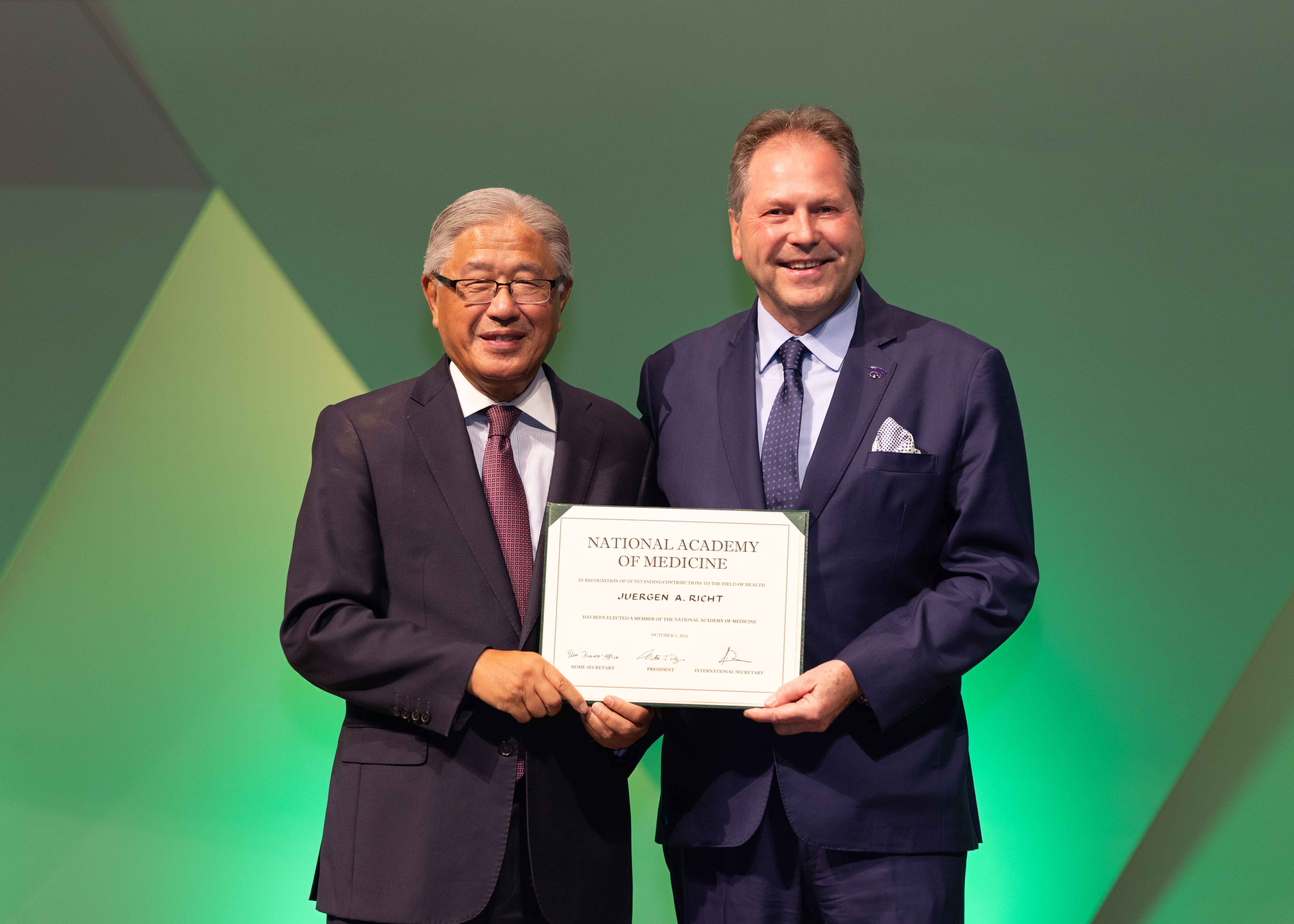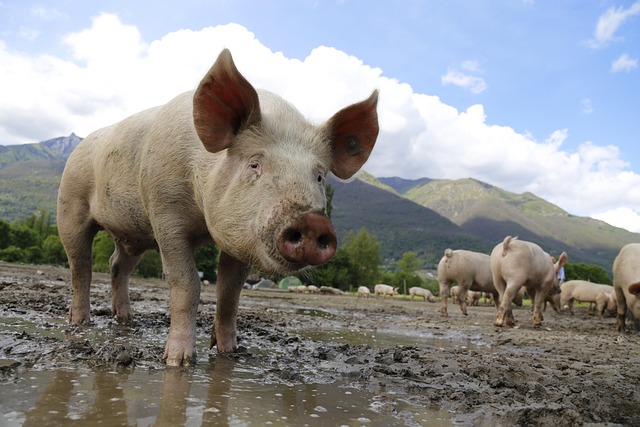News
November 20, 2025
CEEZAD Director elected to National Academy of Medicine
The Director of the Center of Excellence for Emerging and Zoonotic Animal Diseases (CEEZAD, www.ceezad.org) and the Center on Emerging and Zoonotic Infectious Diseases (CEZID; https://www.k-state.edu/cezid/) has received certificate as an elected National Academy of Medicine (NAM) member, the premier organization of scientists working in health-related fields. He is the first faculty member elected to NAM while at Kansas State University.
Diseases (CEEZAD, www.ceezad.org) and the Center on Emerging and Zoonotic Infectious Diseases (CEZID; https://www.k-state.edu/cezid/) has received certificate as an elected National Academy of Medicine (NAM) member, the premier organization of scientists working in health-related fields. He is the first faculty member elected to NAM while at Kansas State University.
September 5, 2025
New study explores ability of swine flu to spread in cattle
An article co-authored by the Director of the Center of Excellence for Emerging and Zoonotic Animal Diseases (www.ceezad.org) and the Center on Emerging and Zoonotic Infectious Diseases (CEZID; https://www.k-state.edu/cezid/) reports on the results of research into the spread of the H3N2 swine influenza virus in calves.
Diseases (www.ceezad.org) and the Center on Emerging and Zoonotic Infectious Diseases (CEZID; https://www.k-state.edu/cezid/) reports on the results of research into the spread of the H3N2 swine influenza virus in calves.
New article explores transmissibility of bovine-derived HPAI H5N1 virus in pigs
June 18, 2025
An article co-authored by the Director of the Center of Excellence for Emerging and Zoonotic Animal Diseases (www.ceezad.org) and the Center on Emerging and Zoonotic Infectious Diseases (CEZID; https://www.k-state.edu/cezid/) contributes to the understanding of the pathogenicity and transmissibility of the bovine-derived HPA1 H5N1 virus in pigs.
Animal Diseases (www.ceezad.org) and the Center on Emerging and Zoonotic Infectious Diseases (CEZID; https://www.k-state.edu/cezid/) contributes to the understanding of the pathogenicity and transmissibility of the bovine-derived HPA1 H5N1 virus in pigs.
CEEZAD researchers advance understanding of SARS-CoV-2 detection in domestic cats
June 18, 2025
An article co-authored by the Director of the Center of Excellence for Emerging and Zoonotic Animal D iseases (www.ceezad.org) and the Center on Emerging and Zoonotic Infectious Diseases (CEZID; https://www.k-state.edu/cezid/) reports on advancements in detection of SARS-CoV-2 antibodies in domestic cats.
iseases (www.ceezad.org) and the Center on Emerging and Zoonotic Infectious Diseases (CEZID; https://www.k-state.edu/cezid/) reports on advancements in detection of SARS-CoV-2 antibodies in domestic cats.
The Scoop on K-State interview with Dr. Richt
Thursday, April 3, 2025